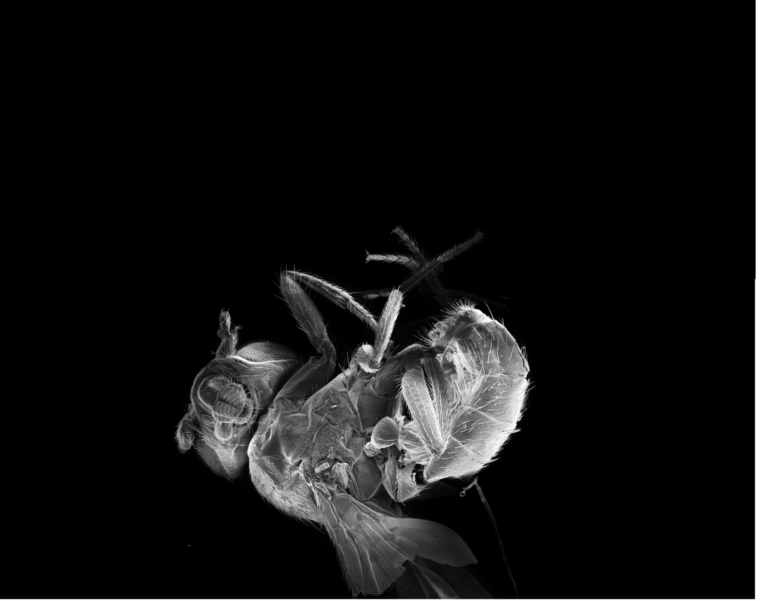All living organisms age. People have long sought ways to slow, halt or reverse this process, which is commonly associated with declining mental and physical health. One area researchers are probing is the role that sensory perception – such as sight, smell, sound, taste and touch – plays on health and life span.
While you may typically think of your senses as what you use to gather information about your surroundings, recent work has demonstrated that environmental cues themselves can affect physiology and aging. Your body regulates itself to match the conditions it finds itself in. The nervous system is poised as a central player in mediating the effects of sensory perception. It stores and integrates incoming information from the environment and interprets and disseminates information across different tissues.
I have used fruit flies, specifically Drosophila melanogaster, for more than 15 years to better understand how sensory perception affects aging. Recently my work has focused on the role the brain plays in aging, looking at how death perception, or when fruit flies perceive other dead fruit flies, affects their life span. My colleagues and I have shown that when fruit flies see, and to a lesser extent smell, an excess of dead flies in their environment, they avoid other flies and undergo significant physiological changes, including rapid decreases in stored fat, decreased resistence to starvation and shortened life span. While it is currently unknown whether these changes are evolutionarily advantageous, we speculate that it could be, because of the stressful environment that the living flies find themselves in.
Fruit flies are among the most common model organisms in research.
In our newly published research, my colleagues and I identified the neural circuits and signaling processes behind the physiological effects, including rapid aging, that occur when Drosophila encounter their dead. Because other animals also experience physiological effects in the presence of their dead, identifying how this process works in fruit flies could shed light on how it operates in other species, including in people.
Neuroscience of death perception
Using genetic tools that detect which neurons are likely activated when live flies are exposed to dead flies, we identified a handful of neurons in the Drosophila brain called R2/R4 neurons that act as a rheostat for aging. These neurons are the center of sensory information processing and motor coordination in fruit fly brains. Inhibiting or activating them changed the aging rate of the flies, suggesting that these neurons alter fly life span in response to perceiving dead flies.
Next, we wanted to identify which molecules produced by R2/R4 neurons were responsible for spurring aging after flies witnessed other dead flies. Since components of a signaling pathway involved in glucose regulation have long been associated…



